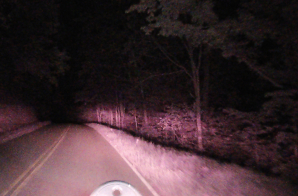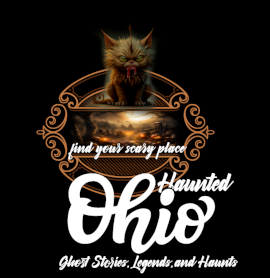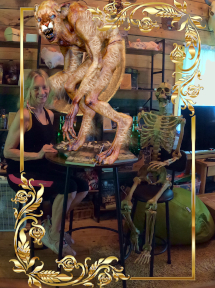Hocking County Ohio Ghostly Miner
Haunting in the old Hocking Valley Coalfield
I love discovering old ghost towns, walking their old roads, and peering into their abandoned buildings. Ohio and West Virginia are packed with these communities, jilted when the coal mining industries waned around the Great Depression, and many are now claimed by the states as wildlife areas. When I visit them, I'm always torn. People just like myself lived, loved, and died there. Sometimes, it feels like I'm trespassing on old souls because, quite possibly, many loved it there and didn't want to leave. I know that's true because some, well, they have not gone.
Amidst over a thousand underground mines in the late 1800s and early 1900s in Ohio, between Nelsonville and Murray City, just off State Route 78, were a cluster of mining company towns along the Brush Fork Branch of the Hocking Valley Railway. Two of them were Jobs and New Pittsburg. These towns, with their bustling activities and substantial coal production, were not insignificant by any means. Jobs, for instance, set a world record for coal production in May of 1892. According to one historical site, four trains a day would come to take the coal away, a testament to the thriving industry of the time.
They were bustling communities with townspeople of all ages going about their daily tasks, and miners traveling to and from work. Remnants of those old lives still linger almost hidden beneath the dirt and in the rust-colored acid mine drainage creek, in the form of broken milk bottles, old baby dolls, and shattered plates and teacups - and their spirits. Even when the towns were bustling with life, people traveling on Jobs-New Pittsburg Road occasionally saw an elderly miner dressed in smudged clothing, as if he were returning home from work, shuffling homeward late into the evening as darkness fell. Just as they passed, he would come into view, then vanish as they turned.
I once had a middle-aged woman tell me she saw the dead miner as a child while riding in the car with her mother along the roadway when houses and a church still stood there. When she pointed at the old man, she squealed because her mother was driving right toward him, and she was frightened the vehicle would hit him. Her mother saw nothing and dismissed it as little more than a shadow caught in the windshield or a child's wild imagination. She drove straight through the figure, and the little girl was quite upset, so much so that they had to pull over. But then, as the little girl described in detail the man's clothing, posture, and appearance with a miner's hat, it was the mother who was shaken up terribly. It seems that an aged family member knew this very miner, who had taken this route for years, from home to mine and mine to home each day. It had been passed down how he had been killed in a mining accident many years earlier. But it appeared he did not accept he was dead and still took the trek he had done for so many years. Home to work. Work to home. And, although little remains but old overgrown roads, a few foundations, and shattered leftovers of life long gone, he probably still does.


 Copyright © 1997-2024 27 years of Haunted Ohio Ghost Stories
Copyright © 1997-2024 27 years of Haunted Ohio Ghost Stories find them all over the Heart of Ohio!-Discover the wilder side of Haunted Ohio.
find them all over the Heart of Ohio!-Discover the wilder side of Haunted Ohio. 